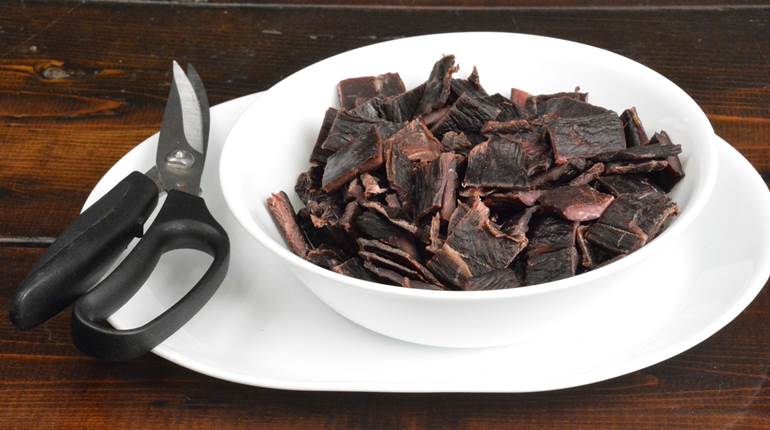
As modern ammunition manufacturing has drastically improved during the past 50 years, the .380 ACP is finally receiving the respect it deserves as a defensive cartridge. While handy to carry, pistols chambered for the cartridge tend to be harder to shoot well and thus require more practice to master. Here is my go-to load for such work.
 This recipe starts with once-fired Winchester brass. They don’t often need to be trimmed, however, it’s a good idea to check and discard them as needed. Using a set of Hornady Custom dies, I size each case and flare it as minimally as possible before seating primers. These dies feature a titanium nitride sizing ring, so lubrication isn’t necessary. However, if loading progressively, I recommend a spray of RCBS Case Slick to reduce extraction friction; given the shorter case length of this cartridge, powder spillage occurs far more easily, and this will help to mitigate that.
This recipe starts with once-fired Winchester brass. They don’t often need to be trimmed, however, it’s a good idea to check and discard them as needed. Using a set of Hornady Custom dies, I size each case and flare it as minimally as possible before seating primers. These dies feature a titanium nitride sizing ring, so lubrication isn’t necessary. However, if loading progressively, I recommend a spray of RCBS Case Slick to reduce extraction friction; given the shorter case length of this cartridge, powder spillage occurs far more easily, and this will help to mitigate that.
I’ve always found Federal No. 100 small pistol primers to be plenty accurate for this application. Hodgdon Titegroup is the most economical propellant solution, and 3.0 grains is enough to yield realistic velocities out of even the smallest pistols. This charge also sits well into the case, allowing for greater variance in bullet seating depth, if needed.
With powder and primer in place, I turn to the Hornady 90-grain XTP. Although more expensive than exposed-lead or copper-plated bullets, its conical design feeds exceptionally well, particularly for a hollow point. I seat these to a depth that leaves me with an overall cartridge length of 0.965", which provides enough room to adjust for the best performance through a particular pistol.
On the range, you can expect representative recoil that doesn’t stress your gun or your fingers when gripping less-than-ergonomic pocket pistols. This load will group as well or better than most factory fodder, so don’t be afraid to push your target out farther than usual. When run through a pistol with quality sights, it’s amazing how fun Browning’s tiny cartridge can be to shoot.





































